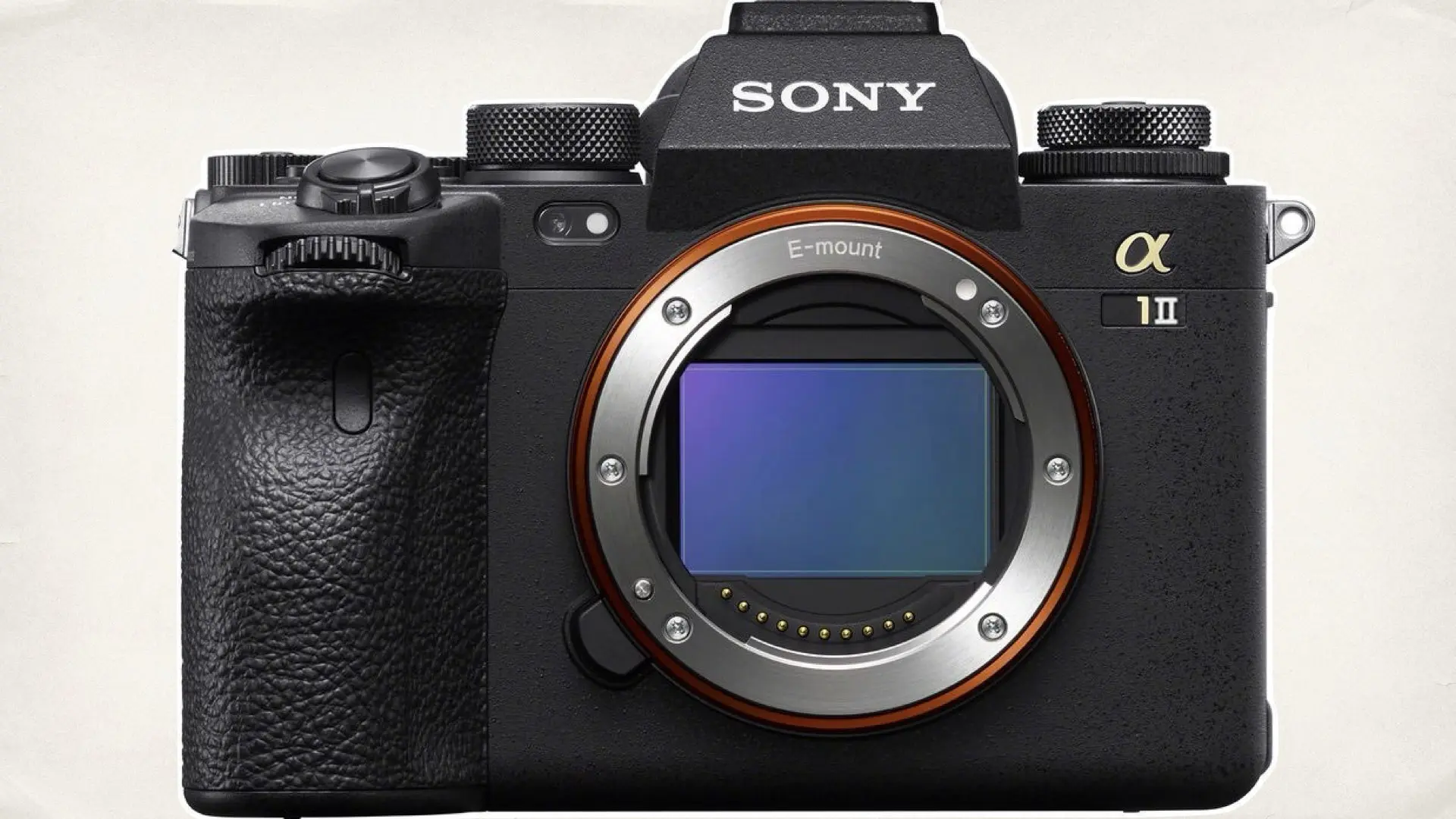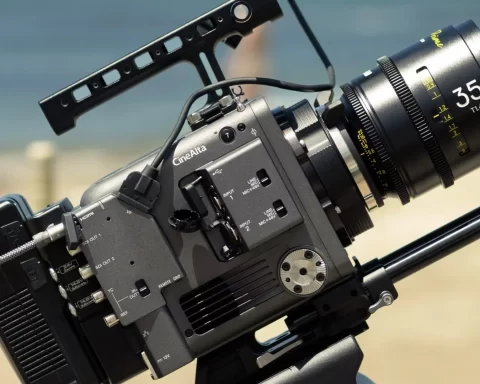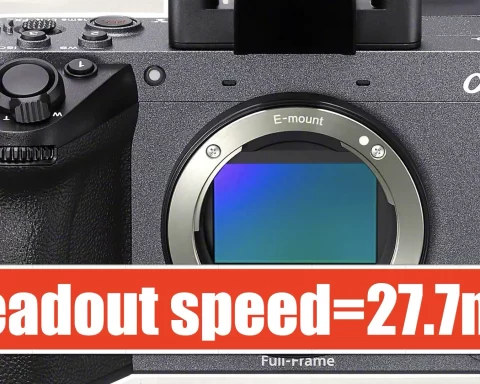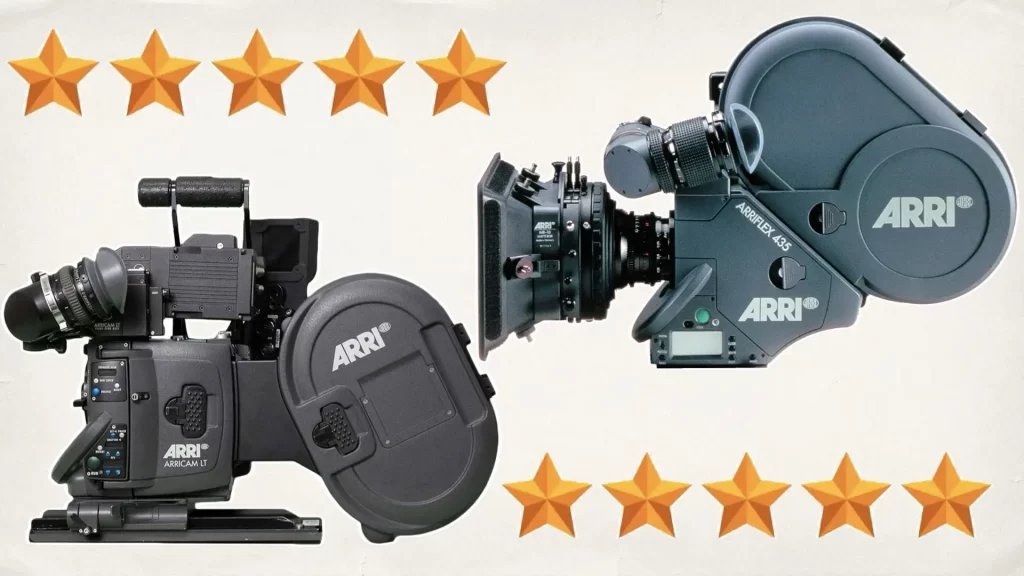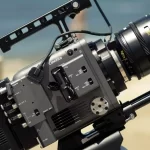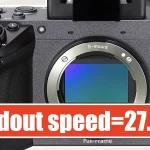Sony is gearing up for what could be one of its biggest launches in the mirrorless camera world with the rumored Sony Alpha 1 Mark II. Expectations are sky-high following the impact of the original Alpha 1, and the new model could push performance standards to new heights. Packed with rumored improvements, the Alpha 1 Mark II is set to face fierce competition in a field increasingly influenced by heavyweights like Canon, Nikon, and Sony’s own Cinema Line cameras. Here’s everything we know and what to expect based on current insights, historical context, and the competitive landscape that Sony will be stepping into.
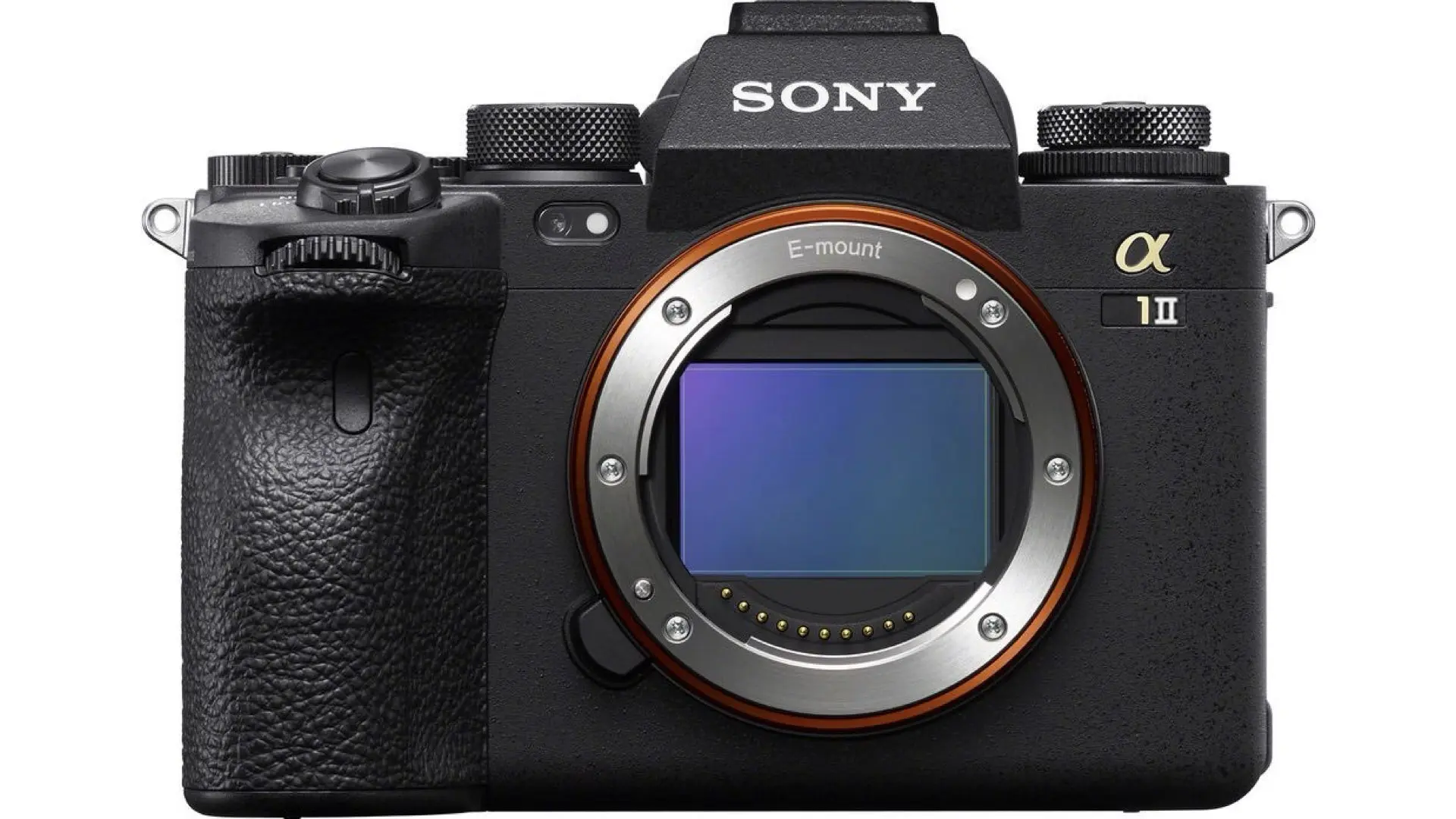
Building on the legacy of the original Sony Alpha 1
The original Sony Alpha 1 took the industry by storm, setting standards with its high-resolution and high-speed shooting capabilities. Launched as a “do-it-all” camera, it combined the best of both speed and resolution, a rare achievement for any camera. With awards like EISA Camera of the Year, Sony established its Alpha 1 as a powerhouse, proving its mettle under extreme conditions. Even adventure filmmaker Renan Ozturk tried to push the Alpha 1 to its limits, showcasing its durability and versatility. With the Alpha 1 Mark II, Sony is anticipated to expand on this legacy, addressing the original model’s few limitations while implementing new innovations that align with the rapidly advancing industry standards.

Rumored key features
Improved sensor and Autofocus system
Sony is expected to implement a stacked BSI CMOS sensor with increased resolution and faster readout speeds. The sensor upgrade could improve the Alpha 1’s impressive rolling shutter performance, further minimizing distortions in fast-moving scenes. Enhanced autofocus (AF) capabilities are also on the radar, likely leveraging AI improvements seen in other Sony models to achieve better subject recognition and tracking.
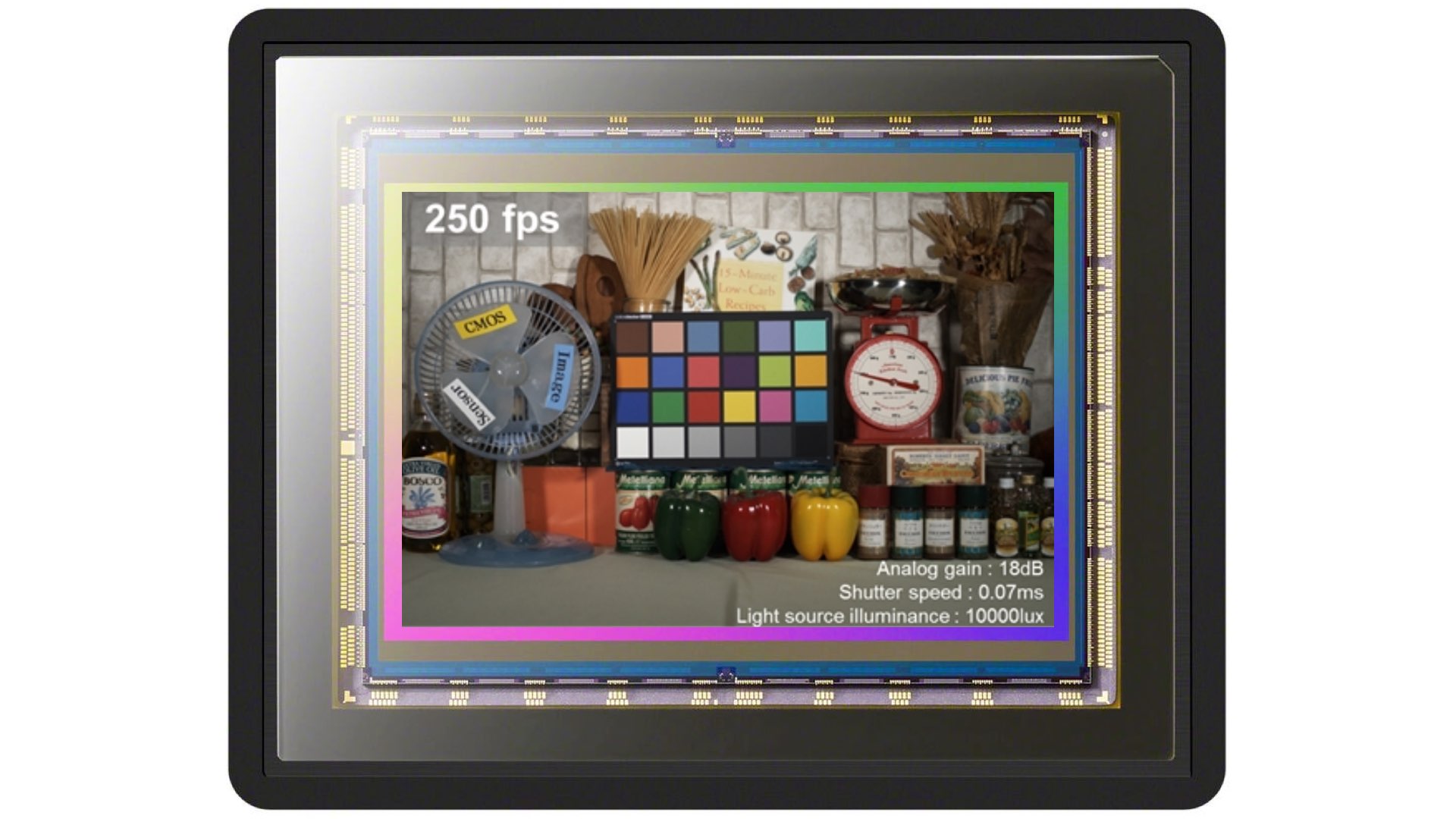
8K Recording without overheating
One of the biggest gripes with the original Alpha 1 was heat management during high-resolution video recording. While the Alpha 1 handled heat better than most, it still faced challenges with extended 8K shooting. Competitors like the Nikon Z8 have set a new standard by effectively managing heat during intense shooting sessions. Sony’s engineers are likely to address this with the Alpha 1 Mark II, possibly integrating more advanced heat-dissipation technology to support long 8K takes.

Higher burst rates
For action photographers, the Alpha 1’s 30 fps burst rate was a game-changer. The Alpha 1 Mark II is rumored to push this even further, potentially reaching 40 or even 50 fps. This would make it one of the fastest cameras on the market, ideal for sports and wildlife shooters. Sony’s focus on high-speed shooting capabilities solidified its place at major events like the Tokyo Olympics, and the Alpha 1 Mark II looks poised to continue this legacy.

Enhanced video capabilities
Video professionals are eager to see if Sony will incorporate Cinema Line features directly into the Alpha 1 Mark II. The original Alpha 1 set the bar for hybrid video performance, but with increased competition from Canon’s Cinema EOS line and Nikon’s focus on 8K capabilities, Sony is likely to up the ante with more robust video features. Rumored upgrades include 16-bit RAW output and 10-bit 4:2:2 internal recording, as well as customizable gamma profiles for a cinematic look right out of the camera.

The Alpha 1 Mark II vs. Sony’s Cinema Line
A critical question is where the Alpha 1 Mark II will stand alongside Sony’s Cinema Line. While the Cinema Line cameras like the FX3 and FX6 are designed specifically for professional filmmaking, the Alpha 1 Mark II is intended as a bridge between the highest levels of still photography and cinema-quality video. This has made it a popular choice for hybrid shooters who need one camera that can handle everything. The rumored additions to the Alpha 1 Mark II could place it closer than ever to Sony’s Cinema offerings, providing the flexibility of a mirrorless form factor with some of the powerhouse video capabilities of a cinema camera.

Competitive landscape: Canon, Nikon, and the rise of 8K
The market for mirrorless cameras has seen a surge in competition, particularly with Canon’s EOS R5 and Nikon’s Z9 series. Canon’s CEO has even declared the EOS-1D X Mark III as their last DSLR, underscoring the shift toward mirrorless. Meanwhile, Nikon’s innovations with the Z9 and Z8 have sparked conversations on heat management and rolling shutter performance, both of which the Alpha 1 Mark II will need to address. Sony’s dominance in mirrorless sales remains unchallenged, but the Alpha 1 Mark II will be pivotal in retaining this lead as Canon and Nikon close in with cutting-edge features. The Alpha 1 Mark II’s success could hinge on whether it can deliver these key upgrades while staying competitively priced.
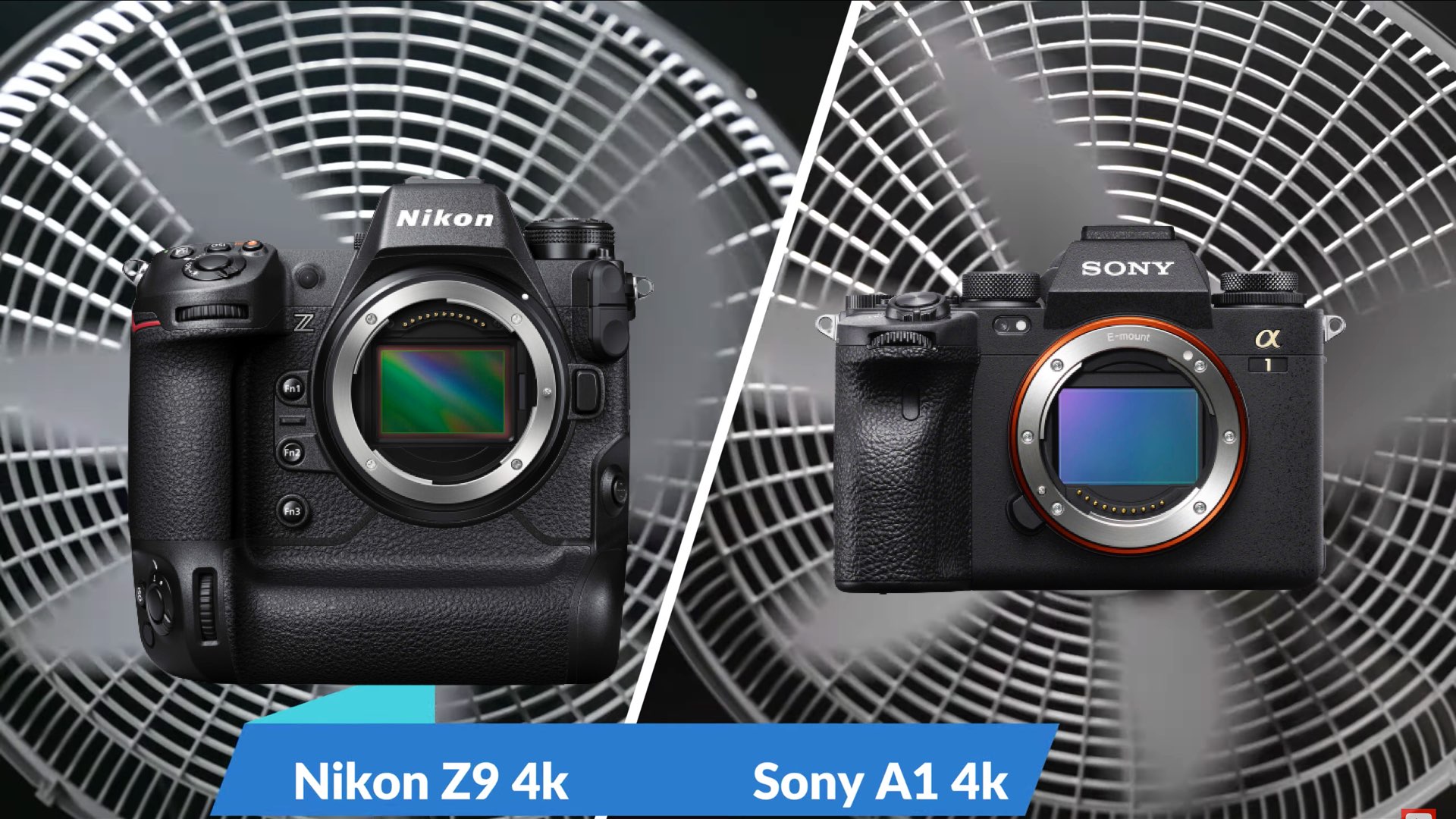
Conclusion
The anticipated Sony Alpha 1 Mark II represents Sony’s commitment to staying at the forefront of mirrorless technology, blending high-end photography and cinema-grade video capabilities. With improvements in burst rate, video capabilities, and heat management, this camera could redefine hybrid shooting. Whether you’re a sports photographer, wildlife enthusiast, or filmmaker, the Alpha 1 Mark II will try to cater to the most demanding needs. Sony has a storied history of innovation with the Alpha series, from underwater shooting with the Alpha 1 and underwater drones (check it out here) to remarkable image stability, as seen in Sony’s most popular Alpha 7 III. And don’t forget its “bulletproof” days :-), the Alpha 1 Mark II is certainly a camera worth the wait.

